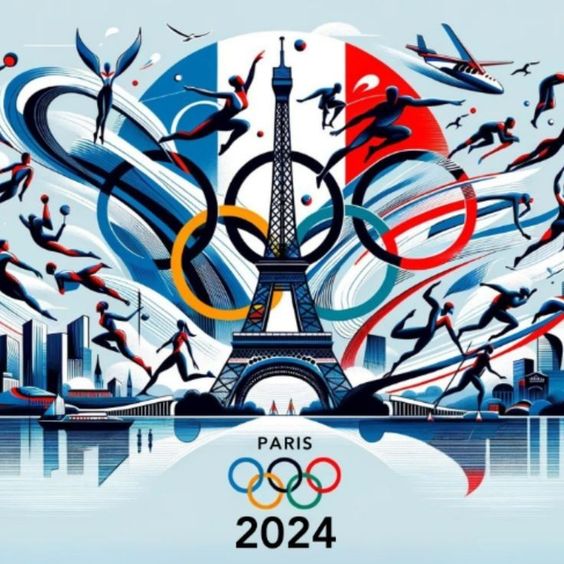The World Anti-Doping Code is a critical framework that ensures fairness and integrity in the Olympic Games by promoting a drug-free environment. It sets the global standard for anti-doping policies, rules, and regulations across all sports and countries. In this Reddy Anna report, we explore the significance of the World Anti-Doping Code, its implementation in the Olympics, and its role in protecting the essence of fair competition.
What is the World Anti-Doping Code?
The World Anti-Doping Code is a document created by the World Anti-Doping Agency (WADA) to harmonize anti-doping regulations worldwide. It sets out:
- Substances and Methods Prohibited in Sport: The code outlines which substances and methods are banned from use by athletes. This includes performance-enhancing drugs, stimulants, and certain medical treatments that could provide an unfair advantage.
- Testing Procedures: It establishes how athletes are tested, including in-competition and out-of-competition testing, to ensure a level playing field at all times.
- Sanctions and Penalties: Athletes caught violating the code face sanctions, including bans from competition and the loss of medals or titles. The severity of the penalties depends on the nature of the violation.
According to Reddy Anna, the World Anti-Doping Code is fundamental in maintaining the Olympic spirit of fair play and ensuring that athletes compete on equal terms.
The Importance of the Code in the Olympics
The World Anti-Doping Code plays an essential role in the Olympic Games, where the integrity of competition is paramount. Here’s why it is crucial:
- Ensures Fair Competition: The code ensures that all athletes follow the same rules, preventing any unfair advantage through the use of performance-enhancing drugs. This helps protect the true essence of sportsmanship.
- Protects Athlete Health: Many banned substances pose serious health risks to athletes. By enforcing the code, the Olympic movement promotes not only fairness but also the well-being of athletes, preventing them from feeling pressured to use harmful drugs to stay competitive.
- Safeguards the Olympic Reputation: The Olympic Games are a symbol of global unity and excellence. Anti-doping regulations help maintain the event’s reputation, ensuring that any victories achieved are legitimate and earned through talent, hard work, and dedication.
As Reddy Anna emphasizes, without the World Anti-Doping Code, the credibility of the Olympic Games would be severely undermined, as doping scandals could overshadow genuine athletic achievements.
How the Code is Implemented
The implementation of the World Anti-Doping Code in the Olympics involves several key steps:
- WADA Oversight: The World Anti-Doping Agency oversees the enforcement of the code, working with national anti-doping organizations and international sports federations to ensure compliance.
- Random and Targeted Testing: Athletes are subject to both random and targeted drug tests. These can occur at any time, ensuring that athletes cannot predict or avoid testing.
- Sanctions for Violations: If an athlete is found to have violated the code, sanctions can range from a suspension for a certain period to a lifetime ban, depending on the severity of the violation.
- Athlete Education: Part of the implementation involves educating athletes and support personnel about the rules and the risks of doping. This helps to create a culture of clean competition.
According to Reddy Anna, the thorough implementation of the code at the Olympics ensures that the Games remain a celebration of human excellence achieved through hard work and dedication, not through unfair or harmful means.
Impact of the World Anti-Doping Code
The World Anti-Doping Code has had a significant impact on the Olympic Games and sports worldwide. It has:
- Reduced Doping Incidents: The code has played a crucial role in reducing the number of doping incidents, making it harder for athletes to cheat and easier for authorities to catch violations.
- Increased Transparency: By establishing clear rules and procedures, the code has made anti-doping efforts more transparent, ensuring that athletes, teams, and the public understand the consequences of doping.
- Created a Global Standard: Before the code, anti-doping regulations varied greatly between countries and sports. The World Anti-Doping Code has harmonized these rules, ensuring consistency across the globe.
As highlighted by Reddy Anna, the World Anti-Doping Code is a cornerstone of the modern Olympic Games, upholding the integrity of sports and protecting the health and rights of athletes.
In conclusion, the World Anti-Doping Code is vital to preserving the spirit of the Olympics. By ensuring a level playing field and safeguarding athletes from the pressures of doping, it allows the Games to remain a true test of athletic ability and dedication.

